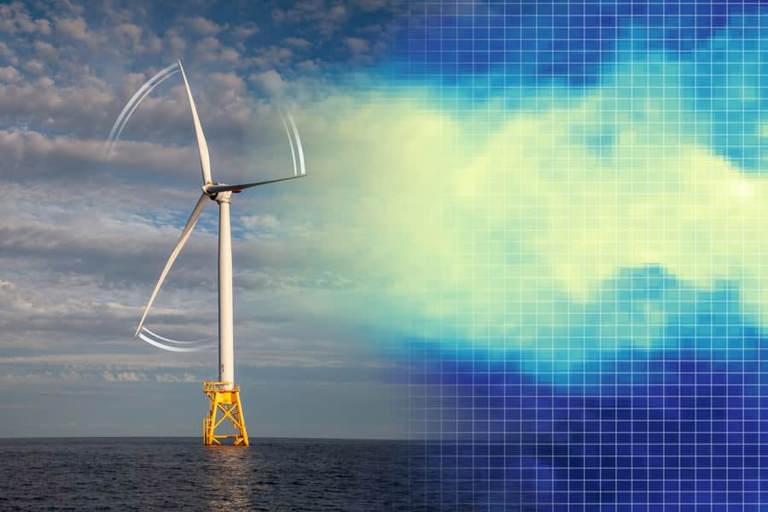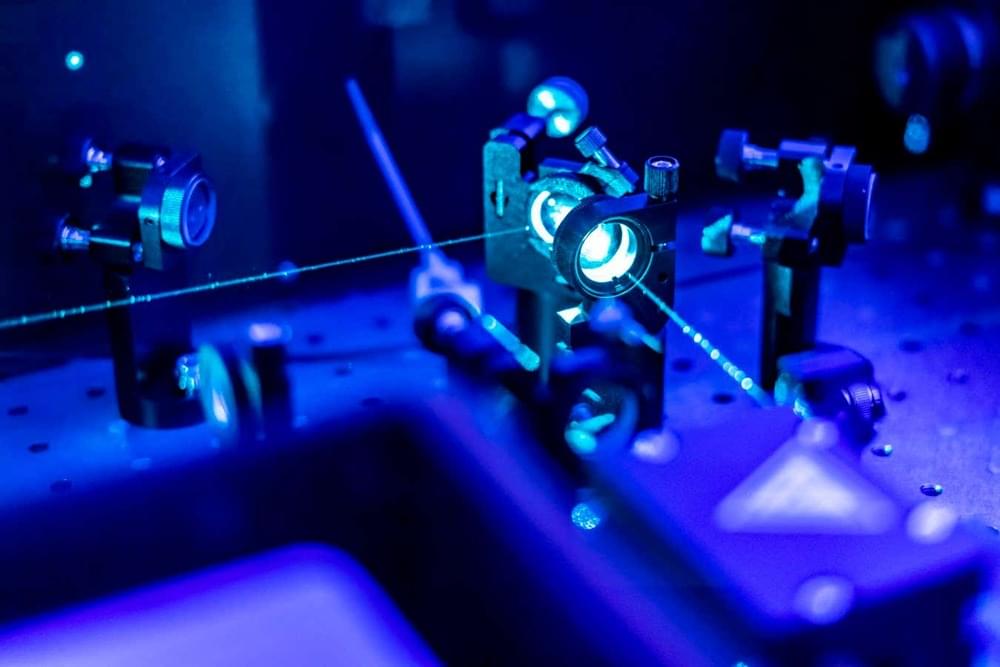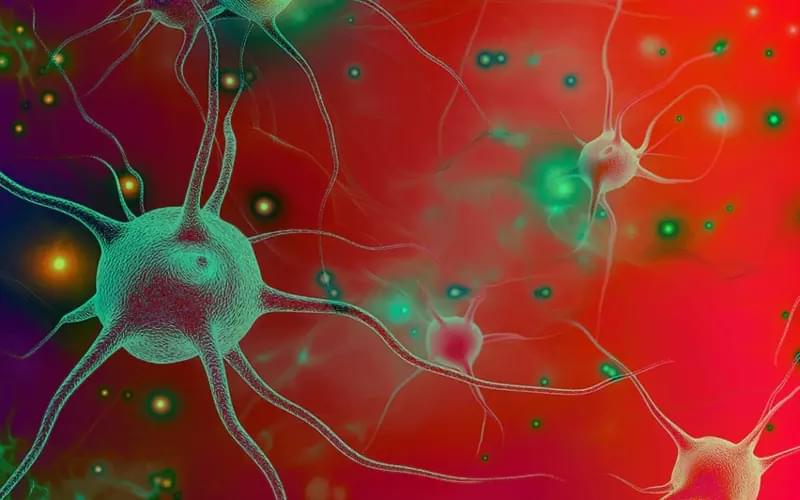One of the most surprising predictions of physics is entanglement, a phenomenon where objects can be some distance apart but still linked together. The best-known examples of entanglement involve tiny chunks of light (photons), and low energies.



Builders knew how to keep people cool in hot, dry climates thousands of years ago. It’s time to get that knowledge back.

Particles of light can spend “negative time” passing through a cloud of extremely cold atoms – without breaking the laws of physics.

In the ever-evolving landscape of scientific discovery, certain paradigms periodically challenge the established norms, compelling us to reconsider the boundaries of what we deem as ‘science.’ One such paradigm is the intersection of quantum physics and metaphysical science. Despite skepticism, there is a growing body of evidence suggesting that these two fields are not only compatible but also complementary. This blog delves into how quantum physics supports metaphysical science and argues for its integration into mainstream scientific discourse, underpinned by historical precedents.
“The day science begins to study non-physical phenomena; it will make more progress in one decade than in all the previous centuries of its existence.” — Nikola Tesla
Quantum physics, the study of particles at the smallest scales of energy levels, has fundamentally altered our understanding of reality. The principles of quantum mechanics, such as superposition, entanglement, and wave-particle duality, have revealed a universe far more intricate and interconnected than classical physics ever suggested. These concepts resonate profoundly with metaphysical science, which explores the nature of reality, consciousness, and existence beyond the physical.

An infographic about the Seven Wonders of the Ancient World — extraordinary architectural and artistic achievements celebrated for their grandeur and innovation. The wonders included the Great Pyramid of Giza, the only surviving wonder, which served as a monumental tomb for the Egyptian Pharaoh Khufu. Although the Hanging Gardens of Babylon’s actual existence and location is debated, they were described as a lush, terraced paradise built in ancient Babylon. The Statue of Zeus at Olympia was a massive gold and ivory representation of the Greek god Zeus, crafted by the sculptor Phidias. The Temple of Artemis at Ephesus was a magnificent sanctuary dedicated to the goddess Artemis, famed for its scale and intricate decoration. The Mausoleum at Halicarnassus was an elaborate tomb for Mausolus, a Persian satrap renowned for its architectural splendor and sculptural detail.

Consciousness is famously unobservable. Therefore, to test for consciousness, we must study its absence rather than its presence. Stuart Hameroff here argues that by studying anesthesia we are able to understand what goes away in the brain when the light of consciousness is switched off. Hameroff finds the answer in quantum processes in the brain – recent studies suggest he is onto something.
This article is presented in association with Closer To Truth, a partner for HowTheLightGetsIn Festival 2024. The festival will feature the debate ‘The Consciousness Test’, featuring Sabine Hossenfelder, Yoshua Bengio, Nick Lane and Hilary Lawson.


The Pennsylvania State University in May blocked a prominent professor at the school from doing research and making presentations on its behalf, Retraction Watch has learned.
The professor, Deborah Kelly, has faced mounting scrutiny over her work since a researcher in the United Kingdom noticed apparent data manipulation in a now-retracted article she published in 2017. Kelly earned her third retraction last week following a university probe that found “serious data integrity concerns” in another paper, as we reported at the time.
In comments she made via her legal counsel for that story, Kelly, a biomedical engineer and an expert in electron microscopy, told us:
